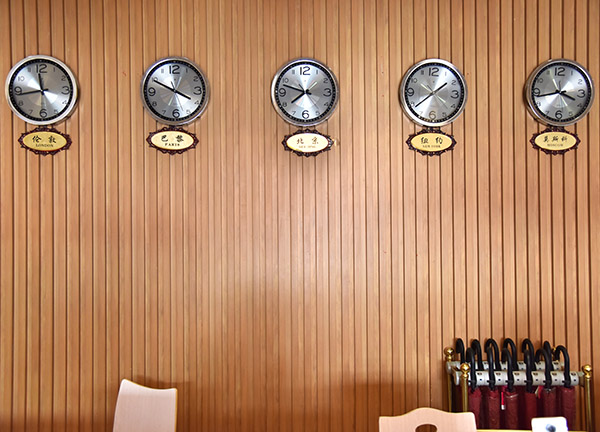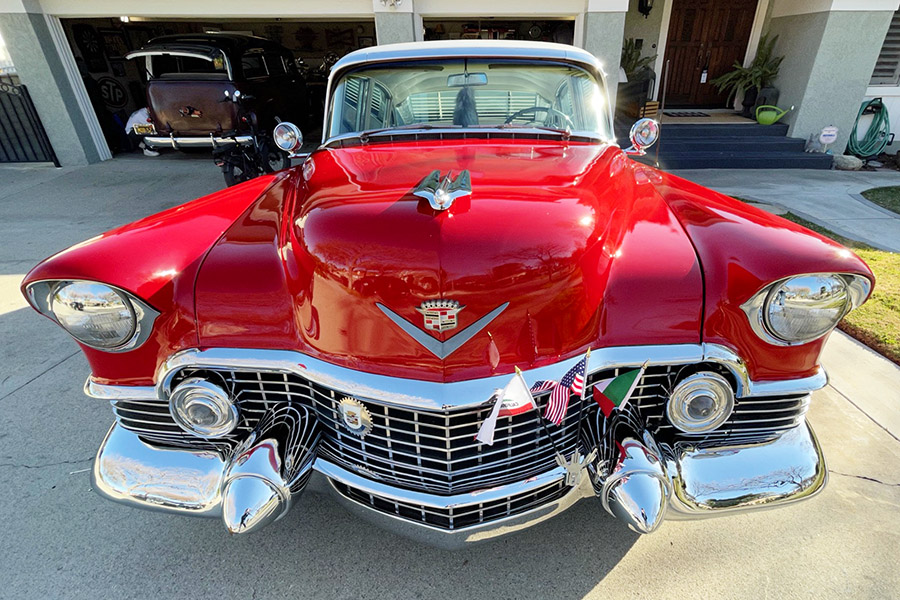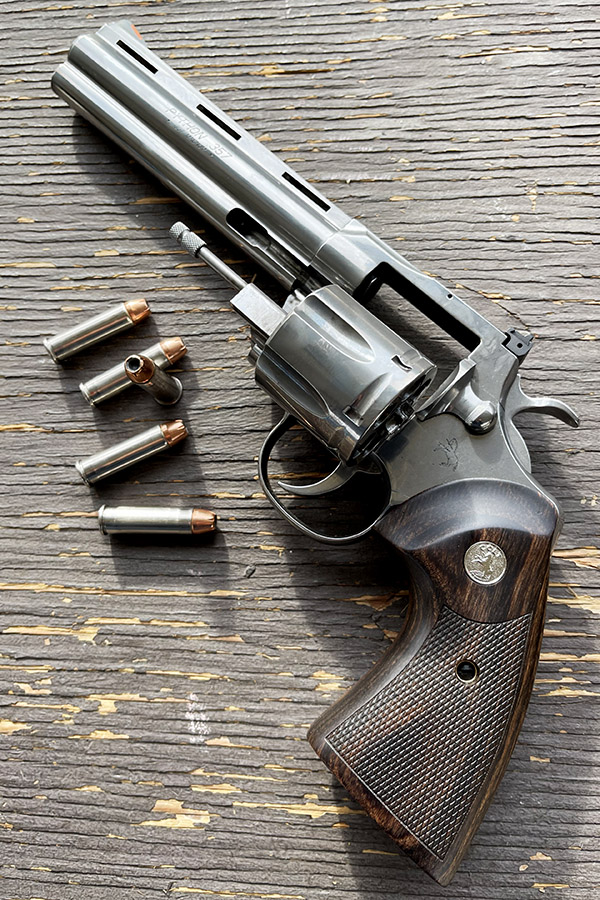My 2008 Husqvarna 510 came equipped from the factory with the worse headlight I’ve ever had on a motorcycle. What am I saying? It’s the worse headlight I’ve ever had on anything and that includes those old HO scale slot cars that had headlights actuated by the motor controller thingy.
Not only is the headlight dim: the most annoying thing is the way the Husky eats incandescent bulbs. I go through one bulb every 500 miles. The bulbs themselves are oddball scooter type and 35 watts barely casts a glow on the road. The lens is melting from the little bit of heat generated and the separate, small parking light bulb will no longer stay attached because the hole it fits into has melted into a large egg shape.
In an attempt to slow the destruction I installed a weak, low wattage LED bulb and that unit has managed to stay lit for 5000 miles. “Lit” is a relative term: the LED struggles to illuminate the leading edge of the Husky’s front fender. But it does stay on. It gets dark pretty early his time of year so I decided to take another shot at the headlight situation by buying an entirely new headlight.
The KooBee universal fit headlight comes with a halo-type parking light, a low beam and a high beam. The plastic lens is fitted into a plastic number plate faring that resembles the original Husky part. Included with the light were four of the rubber headlight mounts, the kind that go around the fork tube just like the originals the Husky came with. All in all the setup looks fairly well made for cheap plastic junk.

Fitting the light was a bit of an issue because the original headlight bucket was shallower and the whole unit fit closer to the fork tubes. The KooBee light fixture stuck out further and the mounting arms were too short. The light would have fit if I removed all the wiring, the horn, the speedometer and the anodizing on the fork tubes. Instead I made three aluminum extension arms to move the headlight a couple inches forward allowing the rat’s nest of wiring a little room to breathe. As it is I had to relocate the horn and rearrange the wiring to fit it all in.

The next problem was connecting the KooBee to the Husky’s headlight plug. The KooBee came with 4 loose wires in a pigtail with no plug or socket at all. Naturally, the Husky uses a strange 4-pin socket and plug, unlike the normal 3-pin type you see on most older motorcycles and cars. I lopped off the Husky plug and soldered the KooBee headlight wires to the Husky pigtail. I can unplug the headlight when it catches fire pretty fast now.

When it came time to fit the rubber mounts to the Husky forks the nice looking kit rubbers fell apart. The rubber looked ok and was molded well but it seemed like it was already partially decomposed. You could pull the things apart like Playdough Fun Factory clay. The kit rubbers were tossed into the trash bin and I used the original Husky rubbers, which still had life after 14 years.
With everything put back together I turned on the ignition and the halo/rim light was already brighter than my old LED on high beam. Firing the bike off lit the low beam and it was a huge improvement. I flicked the high beam on and got a nice bit of light. When I’m describing the light output you must take into consideration where I was starting from: near total darkness. The KooBee has an up-down adjuster screw but no side to side. For side adjustment you move the rubber bands that hold the light onto the forks. I haven’t tested the light at night because it’s too damn cold for that stuff right now. It almost doesn’t matter because it is what it is, there’s no putting a bigger bulb in the KooBee. If it goes out you replace the entire headlight. The KooBee was $45 on Amazon and if it stays on for a few thousand miles I’ll be happy.

I suspect the KooBee’s black plastic is sort of soft. I tried to wax the faring part so that bugs won’t stick but the wax seemed to take the gloss off. The stock Husky stuff dulled fast also. Maybe that’s just the way plastic body parts are. After it warms up a bit I’ll take a night ride to see how the KooBee works. I might need to adjust the thing but I know it’s much brighter than the stock light. Look for a mid-March KooBee follow up report here on ExhaustNotes.us.




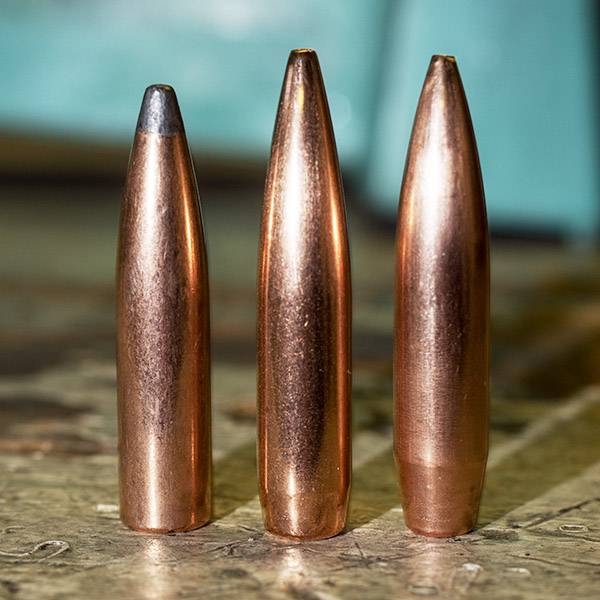
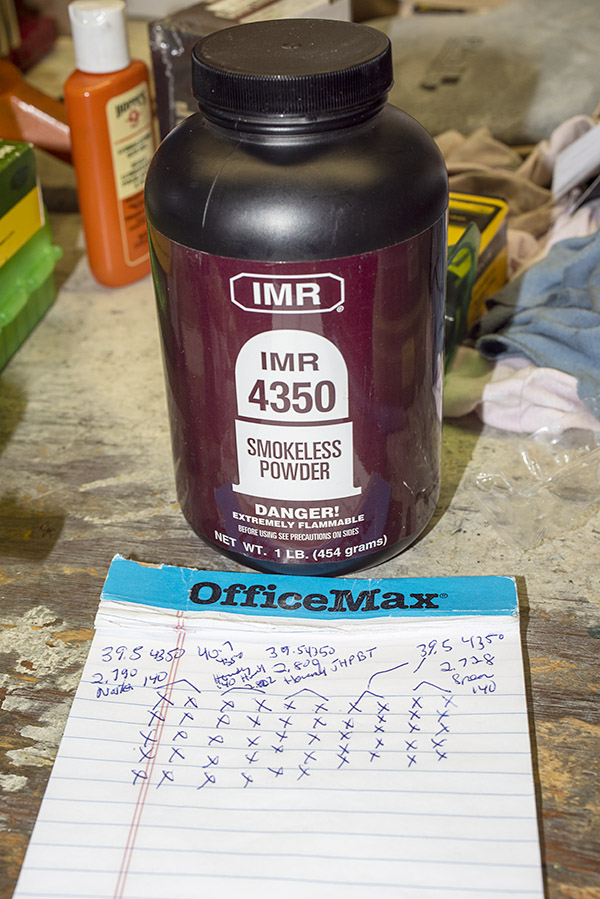

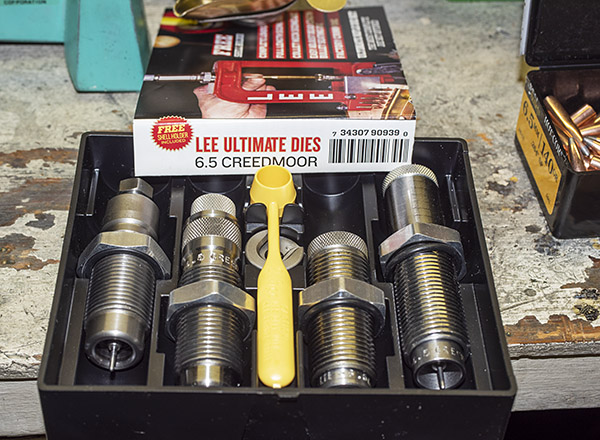
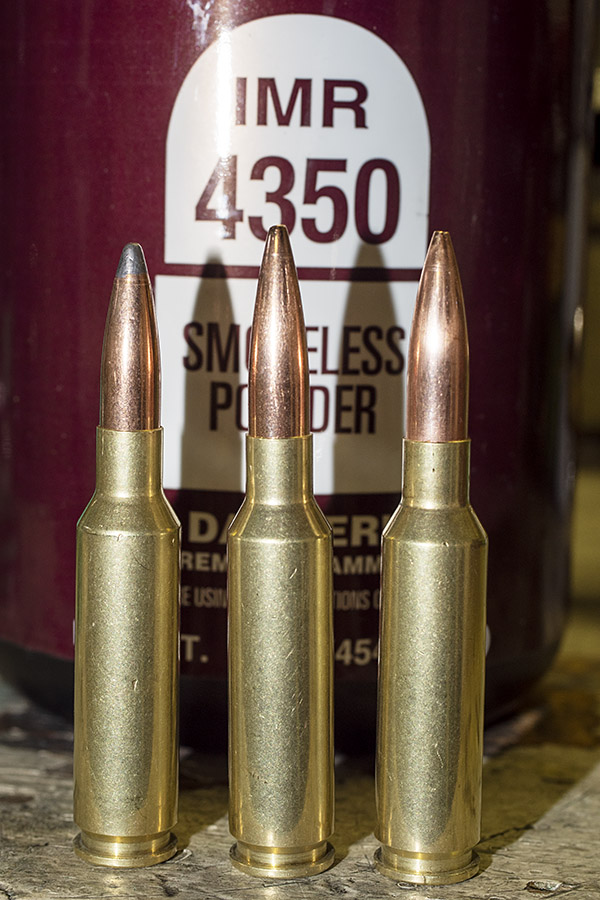
 Here’s what the best groups looked like:
Here’s what the best groups looked like:














 While I had the clutch helix cover apart I decided to install a new chain. I’m not one of those, replace-it-all-or-you’ll-die, type of guys. If the sprockets look unworn I’ll slap a new chain on the old sprockets. I realize this is hearsay in the Big-Sprocket boardrooms but those guys are in the sprocket selling business. The RD sprockets look like new so don’t worry, it will be fine. One glitch was the old tire is a 3.75-18 IRC, the bike calls for a 3.50-18. The narrow swingarm of the RD can barely accommodate the extra ¼ inch. I had to adjust the chain a wee bit tighter than I like to keep the tire from rubbing the front of the gusset. That problem will be solved when I replace the tires.
While I had the clutch helix cover apart I decided to install a new chain. I’m not one of those, replace-it-all-or-you’ll-die, type of guys. If the sprockets look unworn I’ll slap a new chain on the old sprockets. I realize this is hearsay in the Big-Sprocket boardrooms but those guys are in the sprocket selling business. The RD sprockets look like new so don’t worry, it will be fine. One glitch was the old tire is a 3.75-18 IRC, the bike calls for a 3.50-18. The narrow swingarm of the RD can barely accommodate the extra ¼ inch. I had to adjust the chain a wee bit tighter than I like to keep the tire from rubbing the front of the gusset. That problem will be solved when I replace the tires.





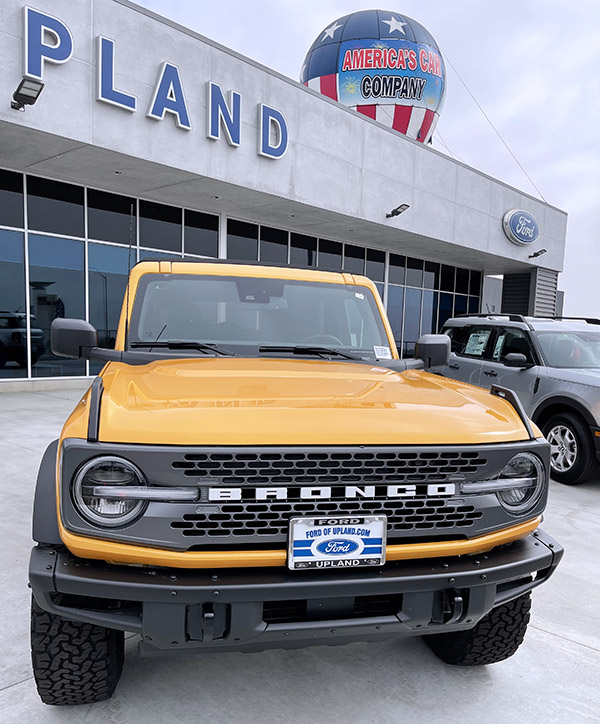
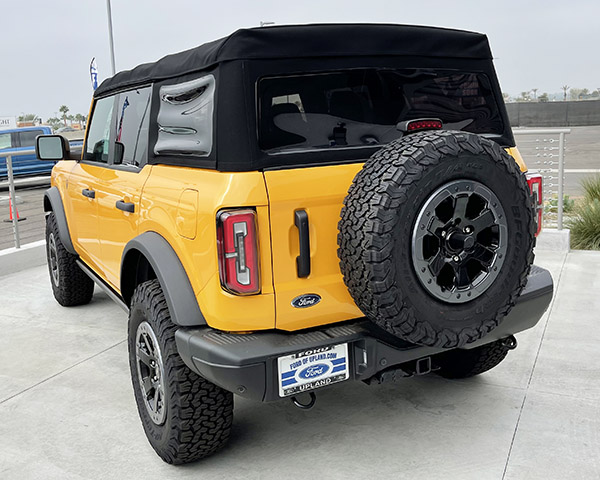
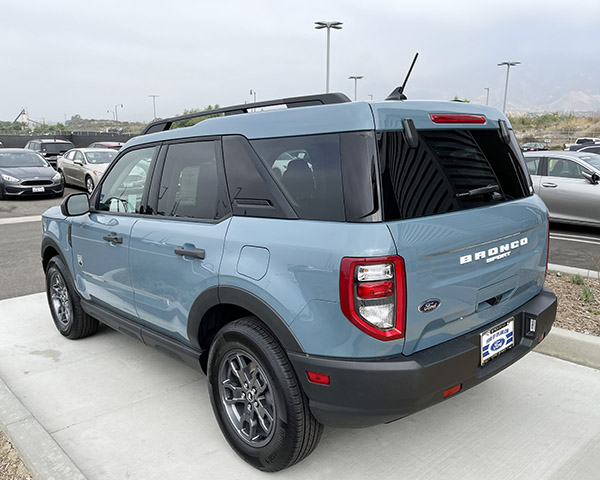


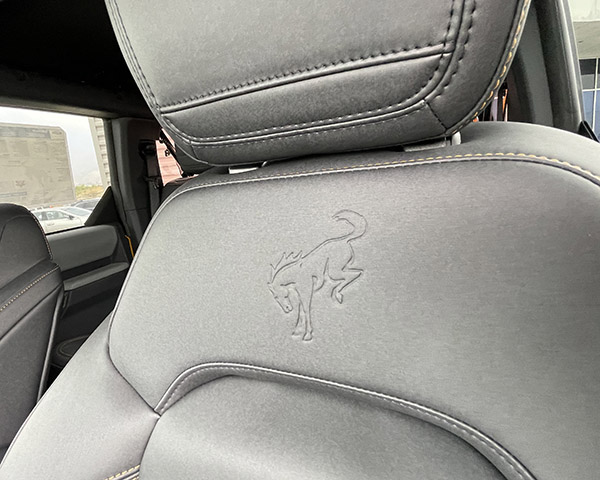
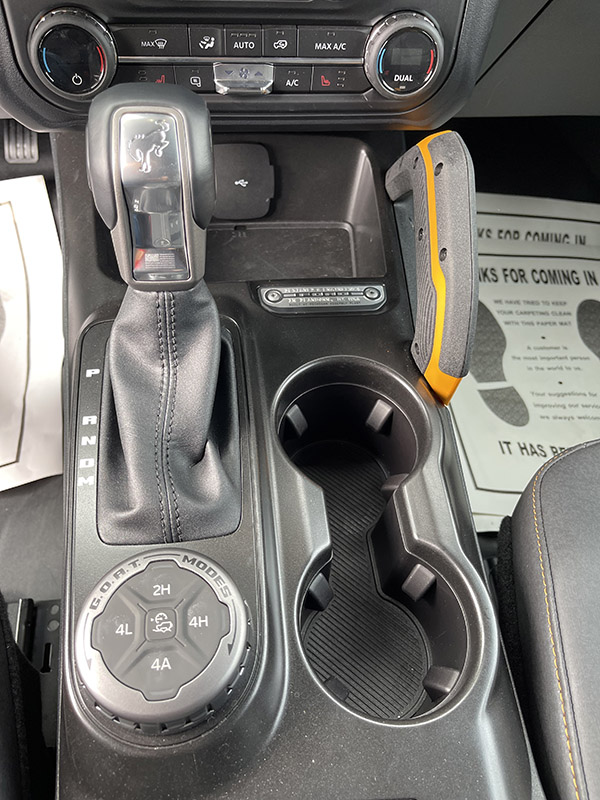


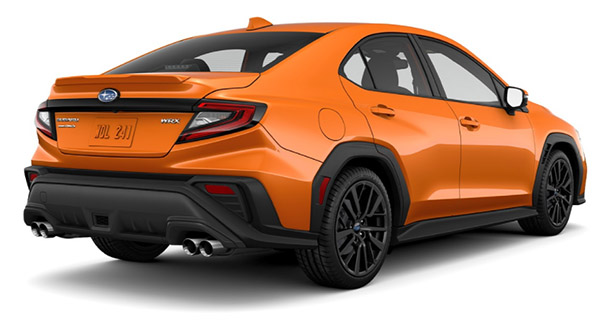








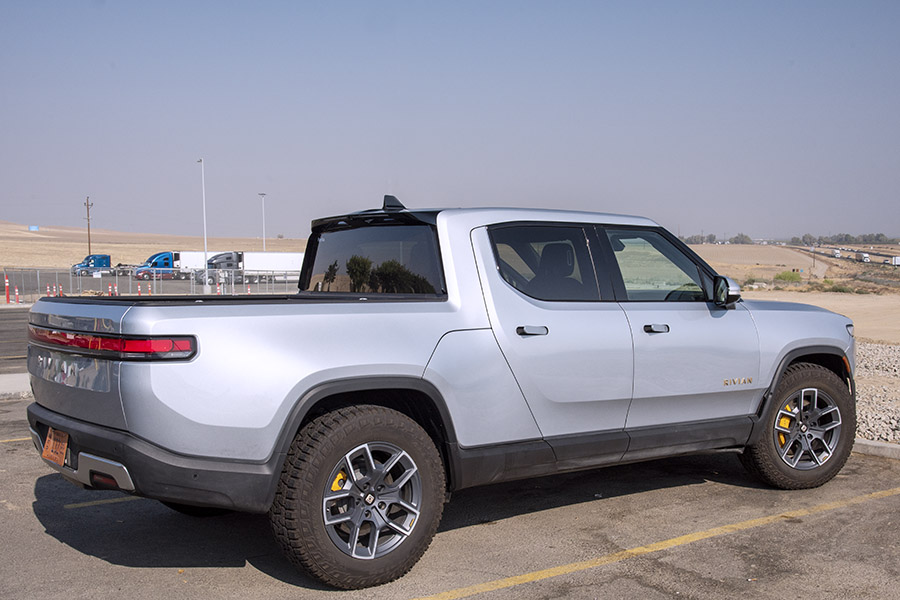

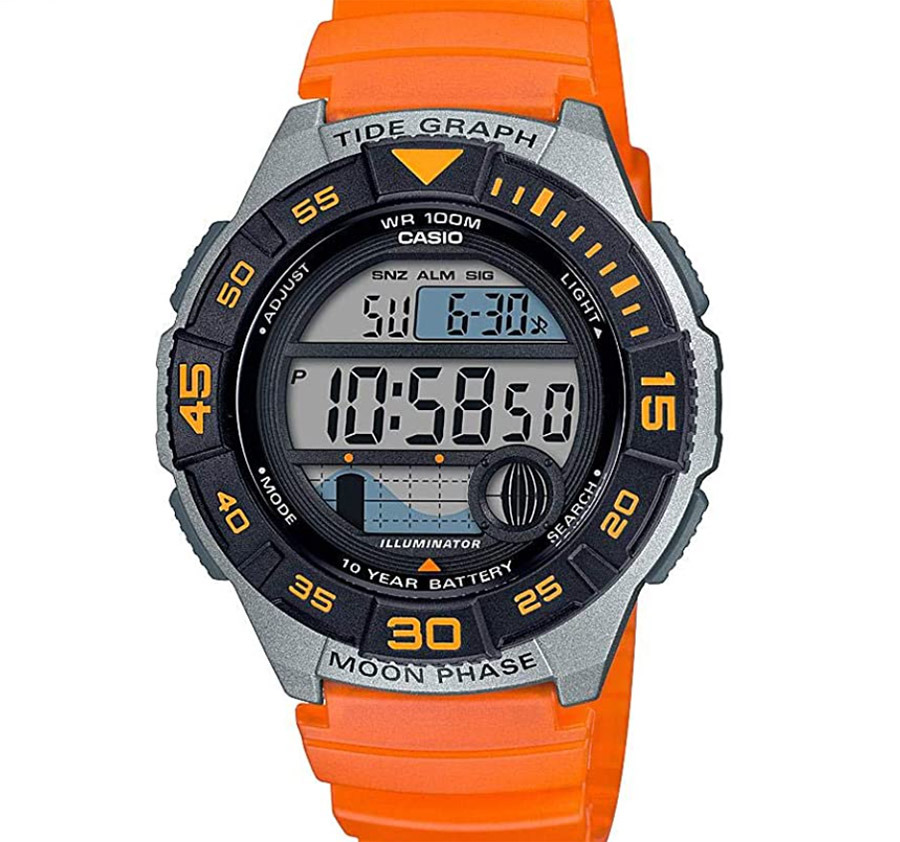
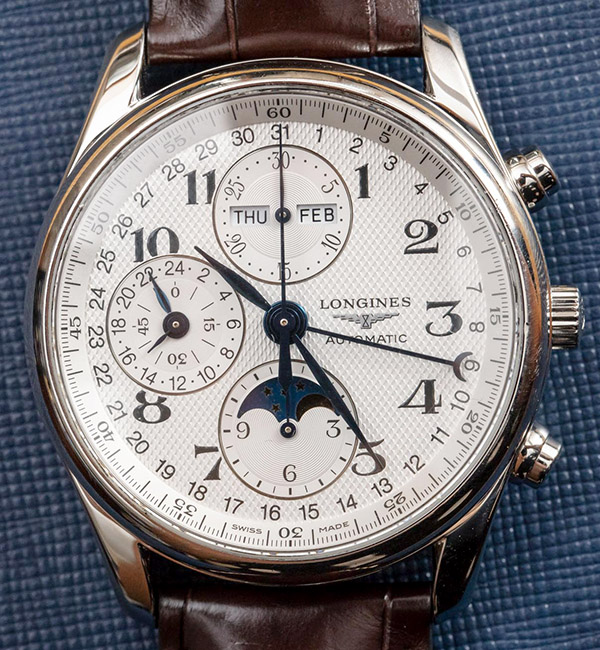

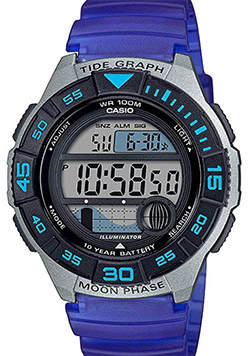 There are just so many things that are cool about this
There are just so many things that are cool about this 